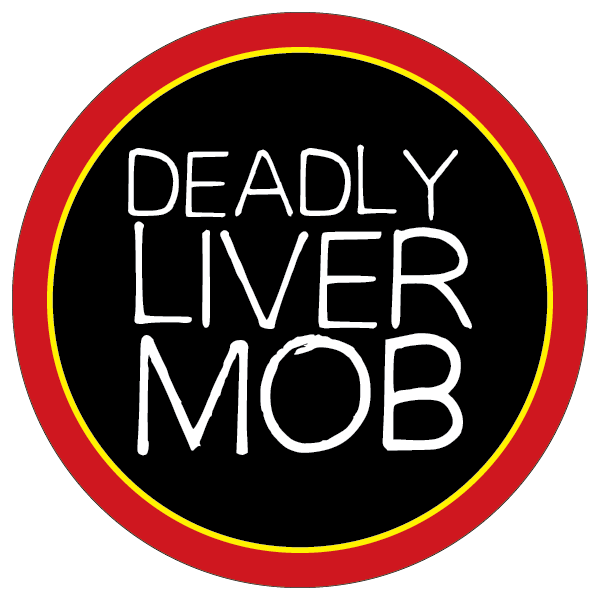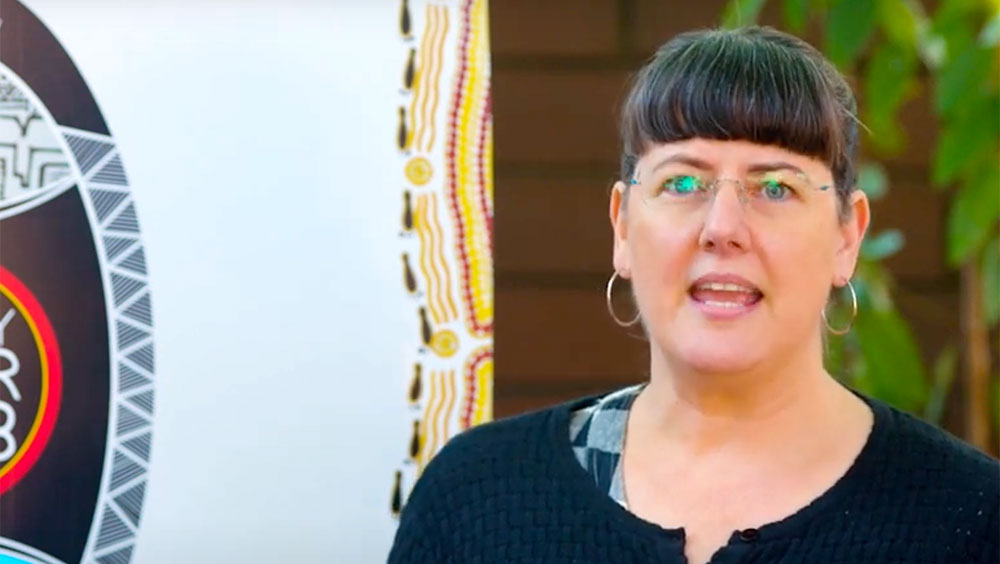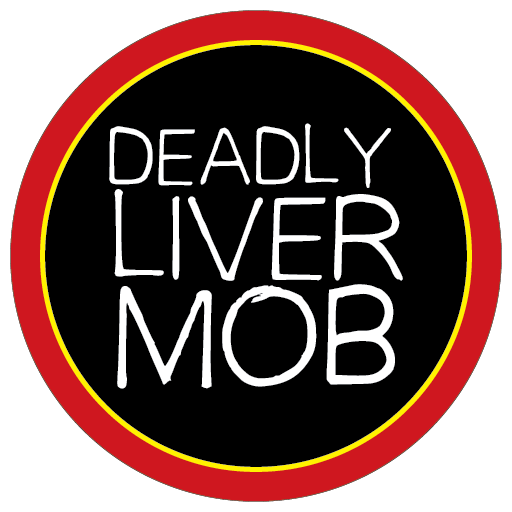Deadly Liver Mob offers nominal incentives to encourage participants to be educated on hepatitis C then recruit and educate up to three of their peers, returning to the Deadly Liver Mob for consolidation of health messages and an ‘incentive payment’ dependent on the quality of their ‘teaching’. Clients also receive incentives for attending sexual health screening, returning for their results, and if they require additional follow-up care such as hepatitis A or B vaccination or treatment for sexually transmissible infections. The incentive amounts for each engagement with the program differ across sites, based on the local set up of the program. However, all current sites provide clients with a maximum of $110 total for their engagement in the program. For example, some sites offer greater incentive amounts for clients returning to screening or receiving their results, as geographic location acts as a barrier for clients returning to the service. It is up to new sites to decide on the incentive amounts provided for engagement in the program, based on the available budget.
The management of incentives (vouchers) is a key challenge to these types of programs as health services do not typically manage this type of activity, so an accountability system for the vouchers will be required. Each health service may have specific local policies about record keeping, so management of vouchers should comply with any relevant policies.
A secure place to store vouchers on non-program days is required. On program days, staff cannot anticipate the number of vouchers that will be required (as clients attend on a drop-in basis). Each client intake card records the vouchers provided to that client. A separate record should be maintained of vouchers provided each day, which is then tallied at the end of each program day to immediately identify any issues. Other principles for managing the incentive system are to work with procurements systems of the health service to allow timely purchasing of vouchers. Also, senior staff should be responsible for the management and accounting for vouchers.



